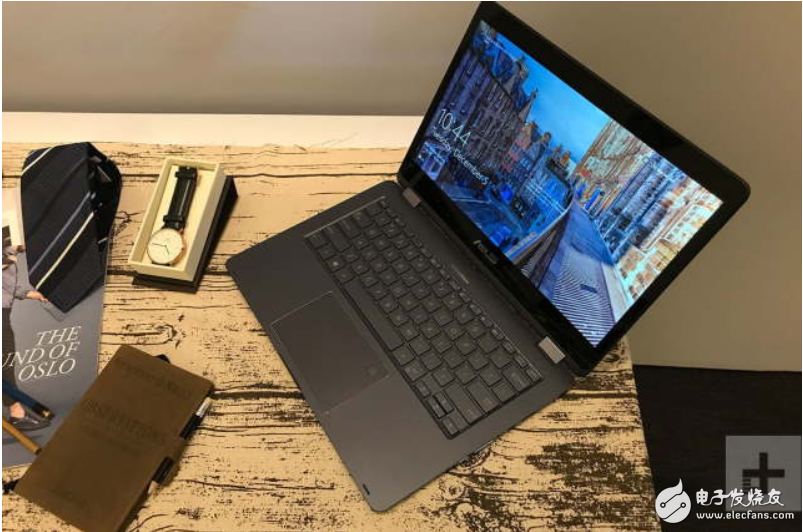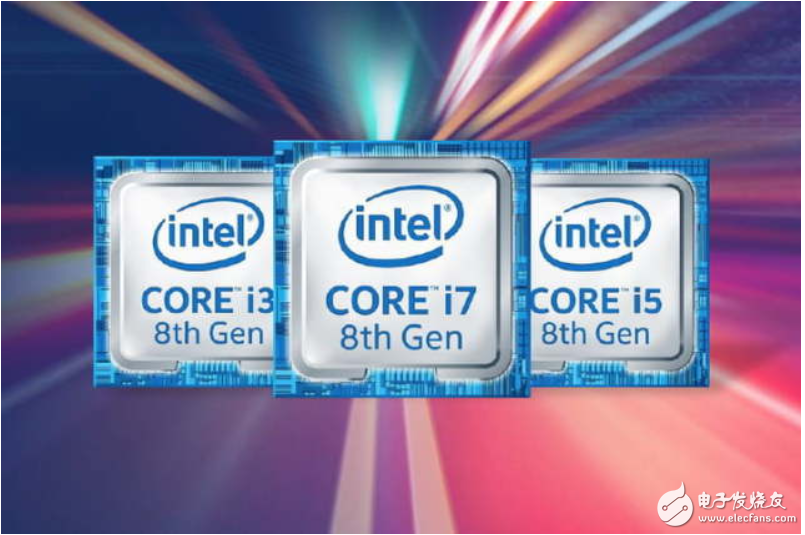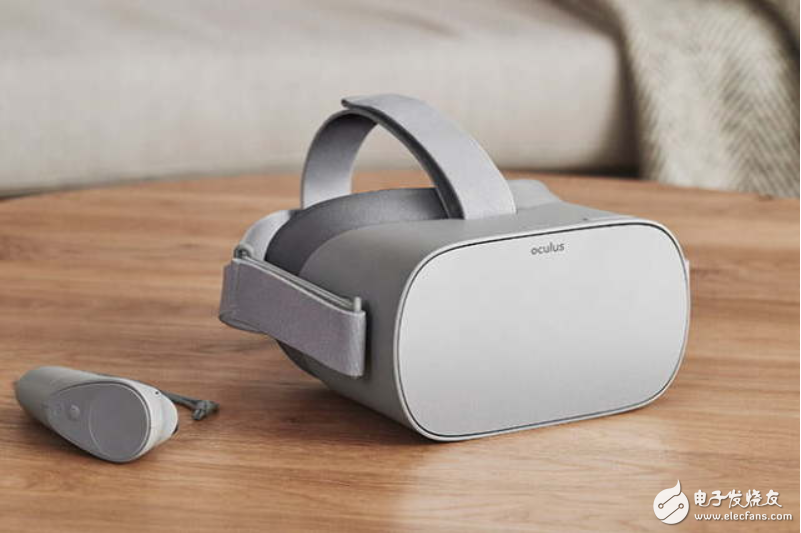The International Consumer Electronics Show can often reveal many trends in the technology industry during the year. The 2018 International Consumer Electronics Show will be an important stand for computing and notebook technology. Although this exhibition will definitely bring us many surprises, Digital Trends still has some understanding of which products the manufacturer will show or not display.
The International Consumer Electronics Show will open soon, and the new products and technologies that the technology industry plans to launch in 2018 will make us “satisfiedâ€. This article will explain the five major computing trends at the International Consumer Electronics Show.
Qualcomm LTE PC appears in large numbers

The performance of Qualcomm Snapdragon chip is one of the biggest concerns of this type of PC. However, due to the main portable card, performance is not so important for this type of notebook. Digital Trends expects companies such as Lenovo to show similar devices at the International Consumer Electronics Show.
Regardless of whether Qualcomm's efforts can change the rules of the PC market, it will still be a failure. These new PCs will be eye-catching for their unparalleled portability. In the next few years, we may use this type of PC as one of the most important changes in computing technology over the years.
Two-in-one equipment popular market

Don't expect the two-in-one device to disappear from the market soon. In fact, Digital Trends predicts that in 2018, two-in-one devices will become increasingly important to the market. Given that all innovations revolve around battery life, connectivity and workmanship, it's difficult to think about what kind of two-in-one products a vendor will launch this year.
The two-in-one device will still have a variety of styles: a fold-away design with a detachable keyboard and a touch-screen notebook with a 360-degree hinge. Of course, they all have built-in LTE connections.
Whether it's ASUS's cheap 2-in-1 device or the Microsoft Surface Book 2, which sells for more than $2,000 (about RMB 12,984), the traditional clamshell design notebook is getting less and less. Traditionally designed notebooks may not disappear completely in 2018, but more and more companies are taking the flexibility of 2-in-1 equipment as standard. Even the Chromebook has begun to adopt the design of the 2-in-1 device, and the Pixelbook has taken the lead in this regard.
Intel's eighth-generation Core chip integrates AMD graphics technology

Digital Trends has been using Intel's eighth-generation Core processor for months, but it expects users who have not yet adopted the eighth-generation Core processor to adopt new hardware in the first half of 2018. Intel continues to expand its eighth-generation Core processor product line, and there is almost no suspense. Therefore, we will see new chips appear in notebook products that are not currently available for Core 8th generation chips, such as high-end mobile workstations.
In addition, Digital Trends expects to have more notebook configurations with Intel processors and custom AMD Radeon graphics processors in one chip. Intel said that by compressing the central processor and graphics processor into a single module, the goal is to develop thin and light notebooks with high-end gaming performance. For mobile workstations and cheaper games, the Intel-AMD hybrid chip is a good choice.
When Intel announced in November that it would integrate AMD graphics processors in Core processors, the industry was in a daze: can many years of enemies work together? Therefore, we are excited about the advent of computers equipped with Intel-AMD hybrid chips.
The new virtual reality head is hard to trace

The virtual reality head show has been in the international consumer electronics show, especially when it was first labeled as "the next big star" label. Currently, vendors are talking more about stand-alone virtual reality headsets—not relying on PCs or smartphones. However, don't expect stand-alone heads to be popular at this year's International Consumer Electronics Show.
Oculus is developing its own stand-alone virtual reality headset Oculus Go, which was shown last October, but unfortunately, Oculus will not participate in the International Consumer Electronics Show. HTC is also developing a stand-alone virtual reality headset Vive Focus, but so far this product has been announced to be sold only in the Chinese market. In addition, the two major virtual reality giants have not yet announced high-end virtual reality. Instead, Oculus has been cutting product prices to attract more users to buy their products.
In addition, Google has been promoting the development of the independent virtual reality of the Daydream platform, but only a few products have been announced so far. In fact, HTC recently announced that it will cancel the Daydream headline and develop Vive Focus. So far, the only rumor in development, and the only one that may make its debut at the International Consumer Electronics Show, is the product of Lenovo.
If you want to try out the virtual reality heads of other vendors, you have to wait until later this year.
A variety of HDR (high dynamic range) displays unveiled, still no OLED

The International Consumer Electronics Show is an ideal place to showcase new display technologies - this year's display technology star is HDR. The HDR monitors we've used so far have been impressive, but Digital Trends feels that Windows 10 doesn't support HDR well. The HDR display is just getting started, and Digital Trends expects to have several HDR displays at the International Consumer Electronics Show.
OLED displays have been used in smartphones and televisions, but Digital Trends expects it to be rare in computers, including notebooks, all-in-ones and monitors. Dell's attempt to sell an OLED display is not going well. In 2017, a few notebooks used OLED displays, but there were no more models to follow.
In addition, in terms of technology and size, the display will have new changes every year - this year is most likely HDR. There is no doubt that OLEDs represent the future of displays, but it will take years to apply.
Schottky Diode,Schottky Barrier Diode,Schottky Diode Forward Voltage,Sic Schottky Diode
Shenzhen Kaixuanye Technology Co., Ltd. , https://www.iconlinekxys.com